Understanding what causes bubbles in epoxy resin can help prevent them from happening in the first place.
There are 4 main reasons why resin bubbles occur:
- not following best practices when working with resin
- cold temperatures
- pouring too thick
- the piece you're resining is releasing trapped air
Bubbles are one of the biggest issues we hear about here at ArtResin: we have some great tips on how to prevent bubbles and how to fix them if they've already popped up!
Let's take a look ...
How to Prevent Resin Bubbles
1) Best Practices When Using Resin:
Using a Torch:
When you mix the resin and hardener, you create a lot of bubbles as you stir: these bubbles need to be eliminated after you pour your resin or they'll cure right into your artwork. The best way to get rid of bubbles is with a torch: the flame heats the resin surface up instantly, thinning the resin out and allowing bubbles to escape.
If you're intimidated by the idea of using a torch ... please don't be. Nothing is as effective as a flame for getting rid of bubbles and once you use one, you'll wonder what you ever did without it!
To help you, ArtResin has an easy to use handheld Artist's Torch, plus an Artist's Propane Torch Head for larger jobs. For more information on using a flame torch, see our blog How To Use A Torch On Epoxy Resin.
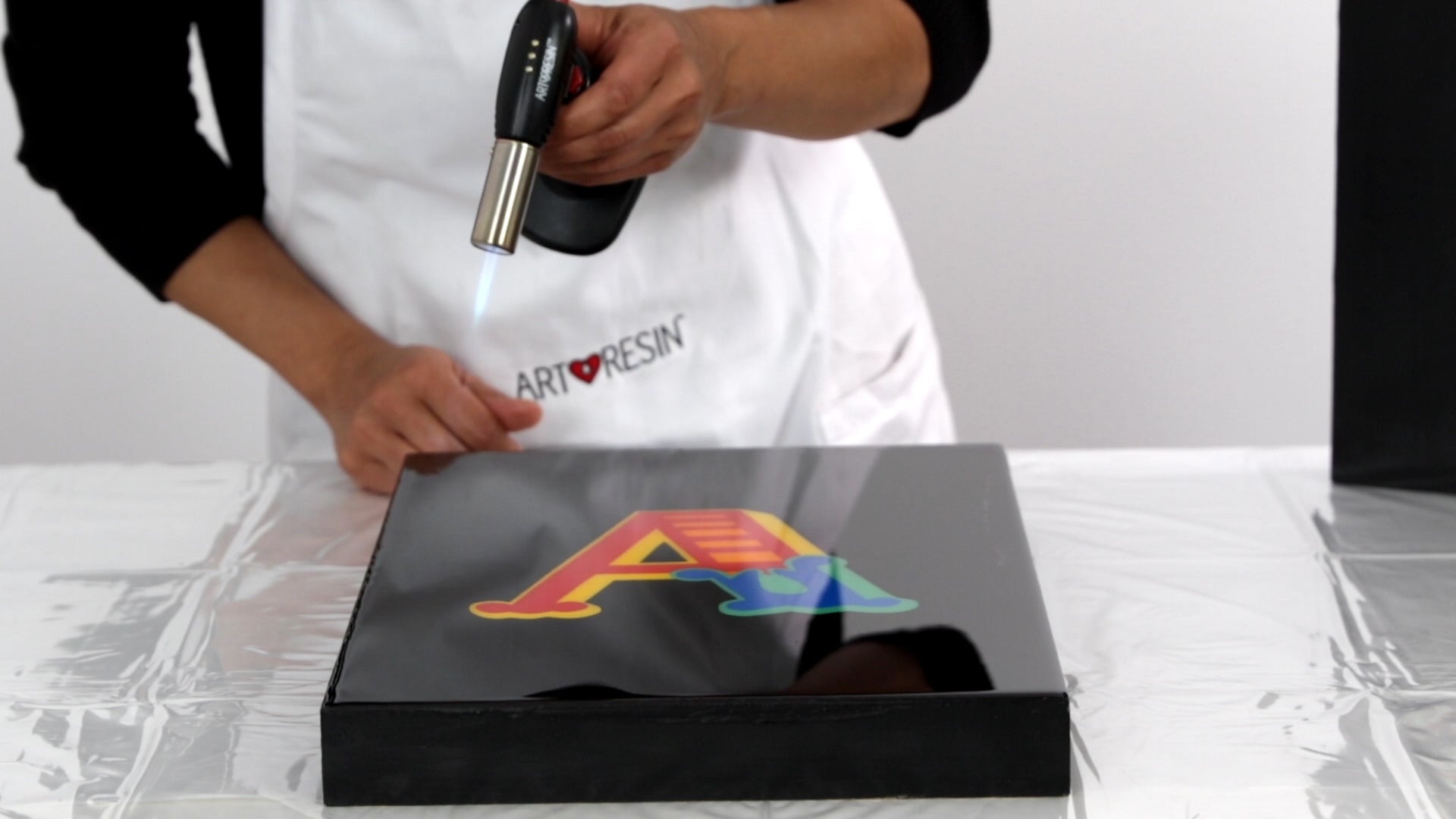
Do heat guns help?
A heat gun can be useful in some resin applications such as flow art, where it can be used to create cells. To eliminate bubbles, however, a heat gun just doesn't get hot enough to do the job efficiently. It can blow resin around and can even blow dust all over your wet piece. We always recommend using a torch to get rid of resin bubbles.
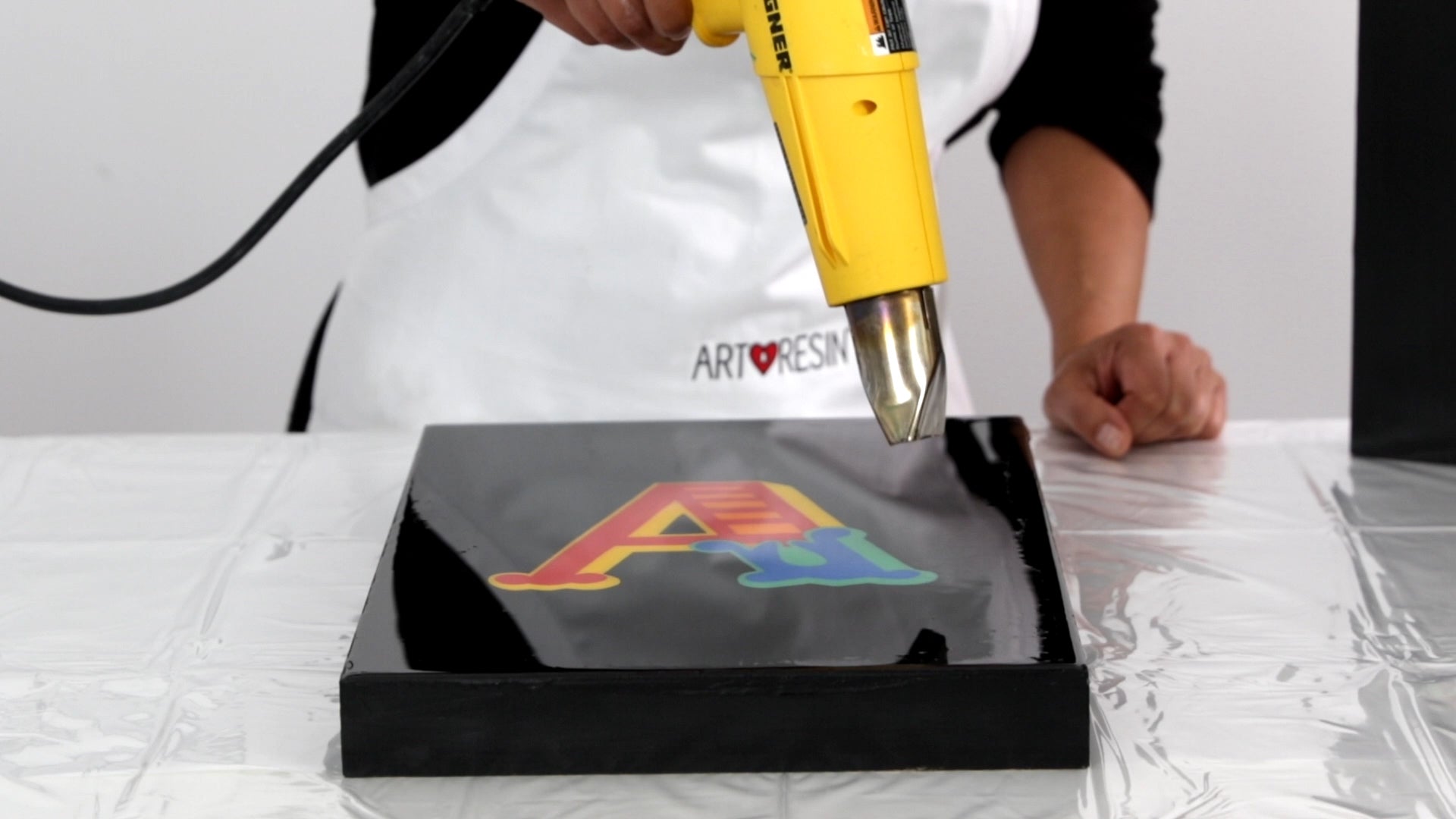
The only exception is when removing bubbles from a silicone mold: in this case, a flame may be too intense and if you over torch, it may even damage the mold. A heat gun is the best choice when working with silicone molds.
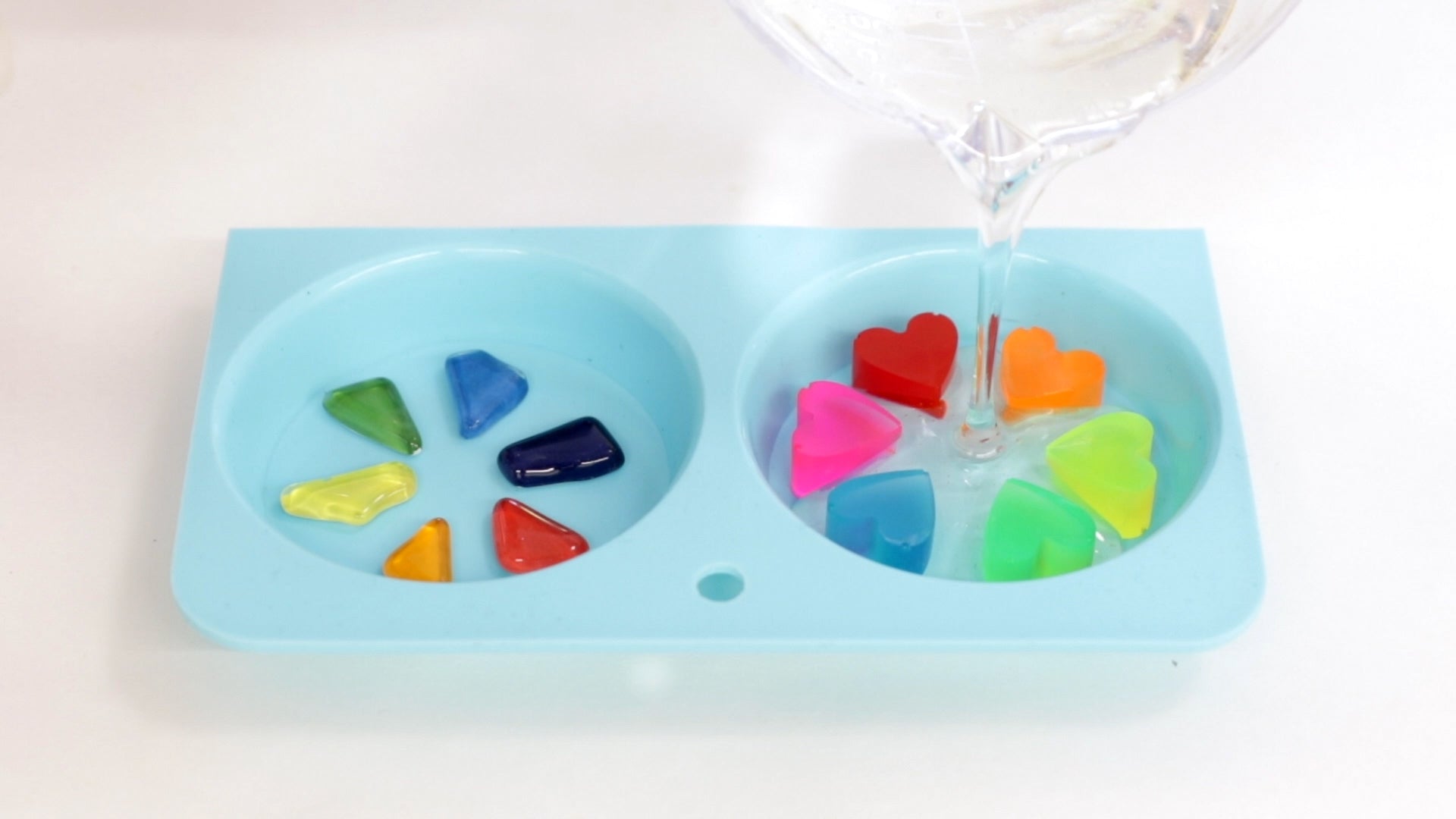
Whipping Your Resin:
Mixing resin is where the magic happens: as you stir, a chemical reaction begins between the resin and hardener that will eventually transform the mixture from a liquid into a solid. Though you need to mix the two parts thoroughly for at least 3 minutes, you want to ensure you don't whip your resin as if you're beating cream or egg whites. Whipping the resin induces more bubbles than necessary which could lead to issues such as over torching.
Don't whip your resin - instead, stir slowly and deliberately, scraping the sides and bottom of your mixing container as you go. You'll get some bubbles, of course, but nothing a quick pass or two with the torch can't handle.
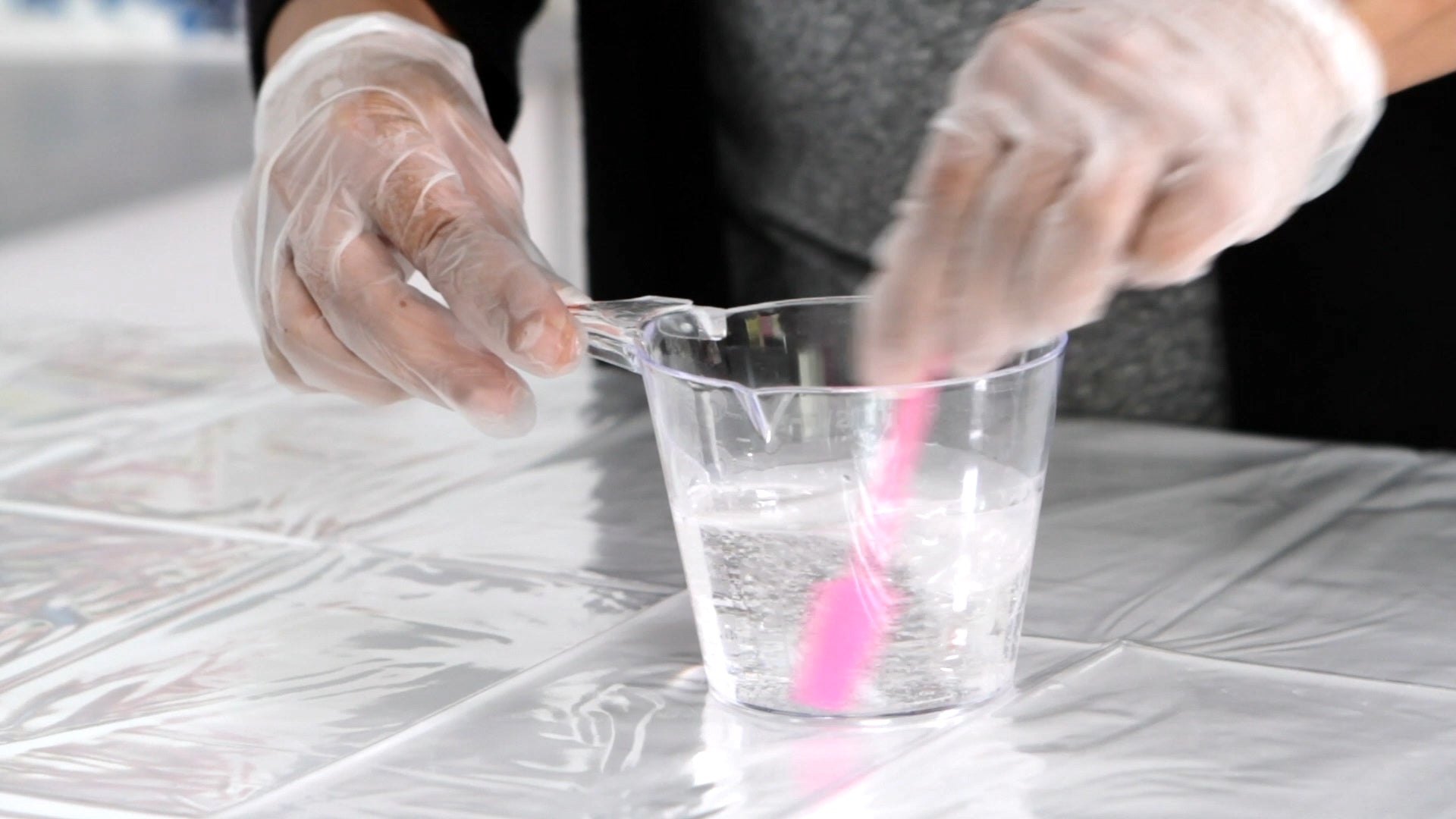
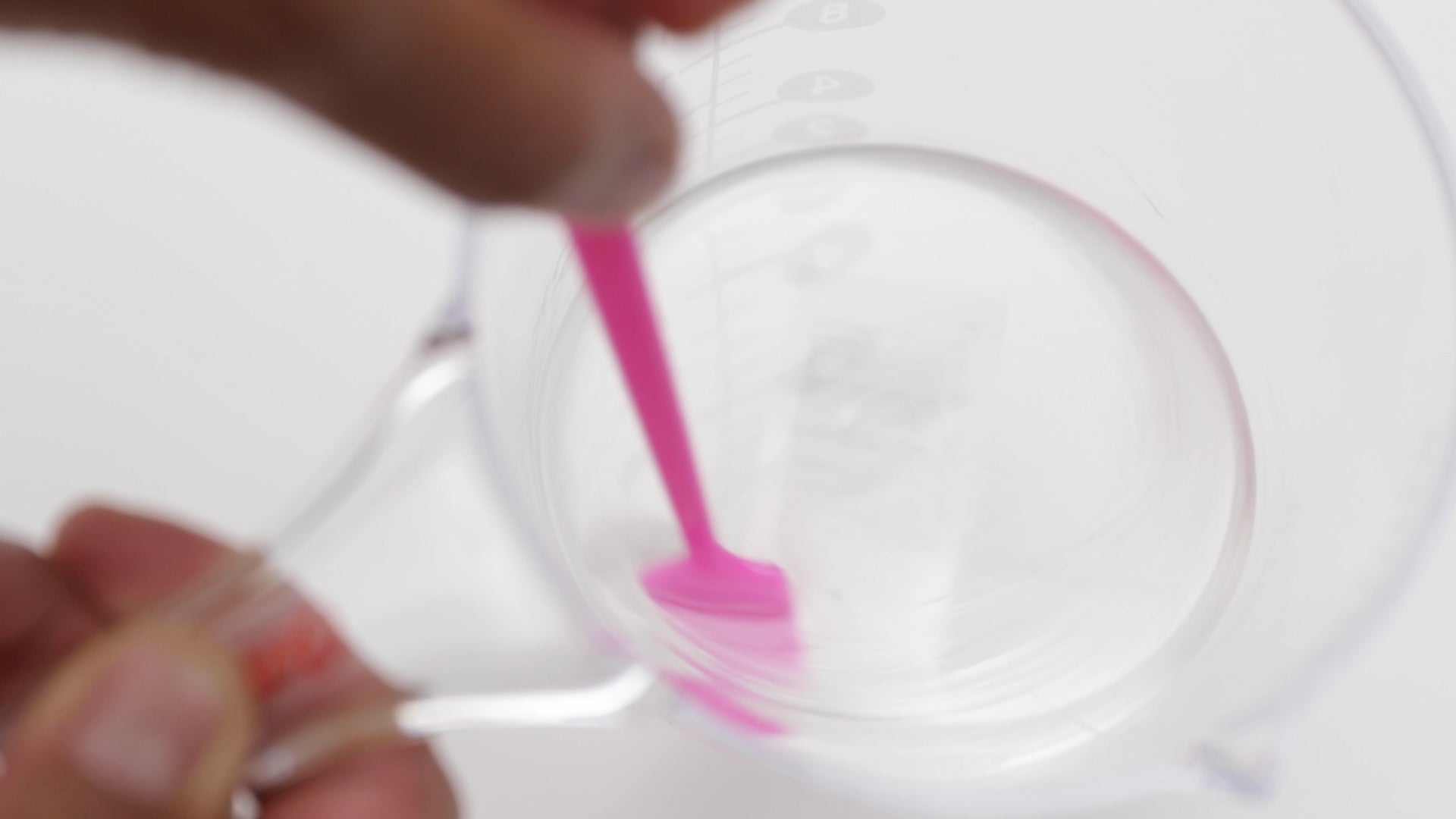
Dumping Out Your Resin:
Just as whipping your resin can induce unnecessary bubbles, so too can dumping your resin out onto your artwork. Instead, position your mixing container close to the surface of your piece and pour your resin mixture out slowly.
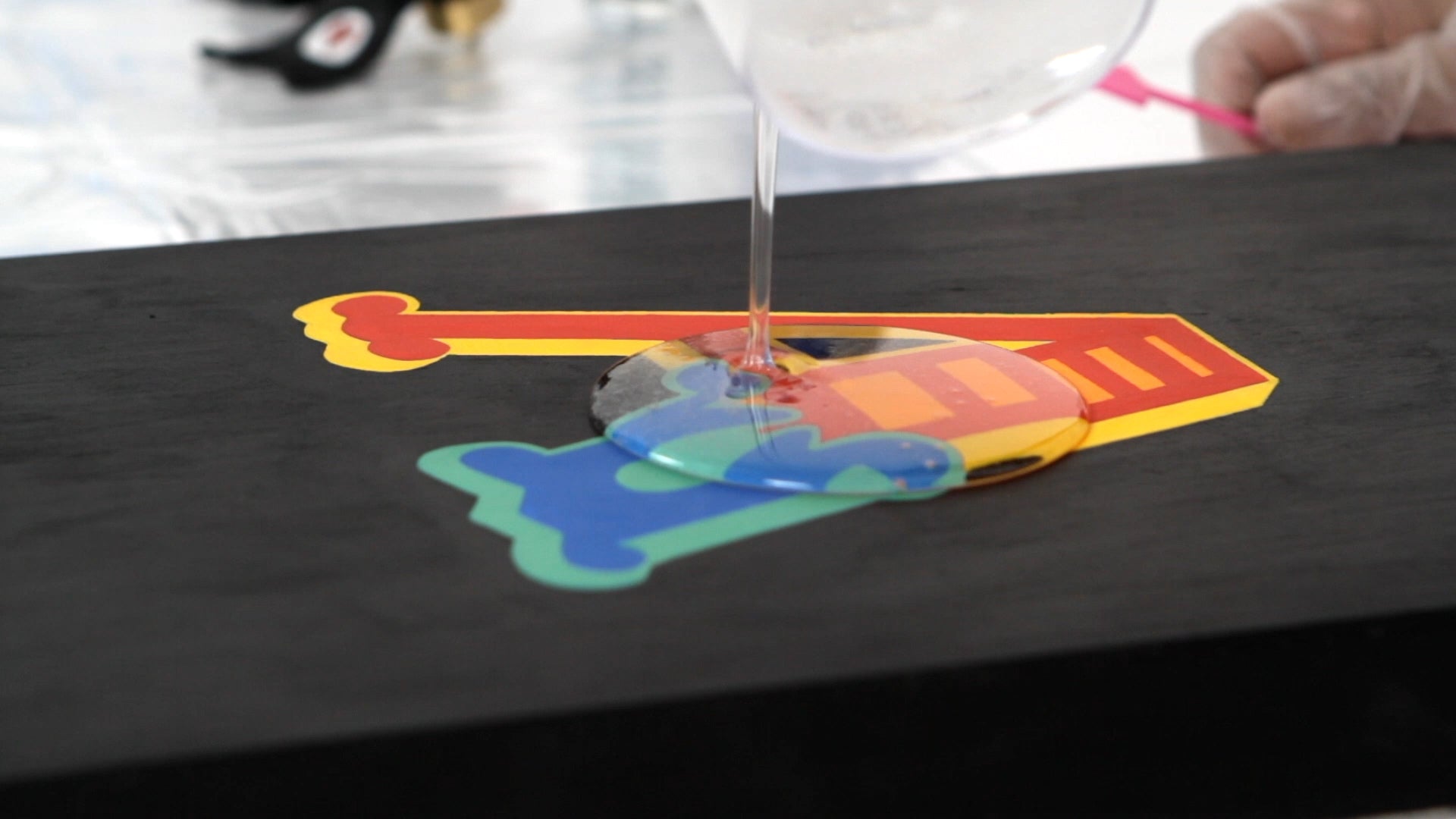
2) Cold Temperatures:
Did you know that ArtResin epoxy resin loves warm temperatures?
It's true!
In fact, the ideal temperature for both your ArtResin and your workspace is slightly warmer than room temperature: 75-85°F or 24-30°C.
In these temperatures, ArtResin has a crystal clear appearance, a honey-like consistency and it pours and spreads with ease. On the other hand, cold resin is thick, difficult to work with and has a cloudy, milky appearance.
You'll know your resin is too cold when it has a taffy like consistency, making it difficult to pour and spread.

It also takes on a frothy, milky appearance due to thousands of microbubbles which are virtually impossible to torch out.

If your resin is cold, you need to bring it up to room temperature before you use it. You can do this by letting the resin bottles sit out to come up to room temperature or you can try a warm water bath.
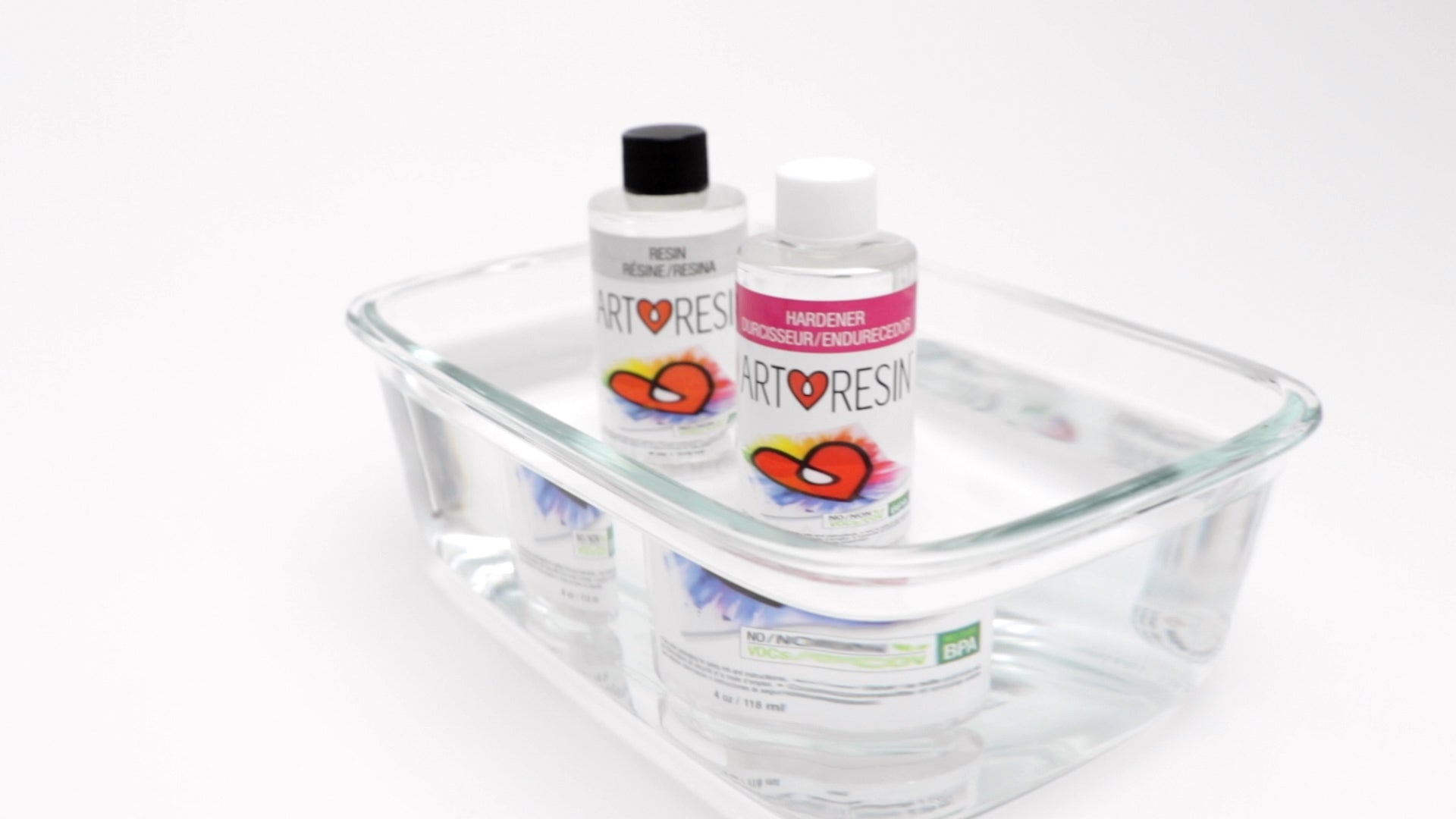
Place your bottles of resin and hardener in a container of warm water: the water doesn't need to be very hot ... about what you'd use for a baby's bath is just fine.
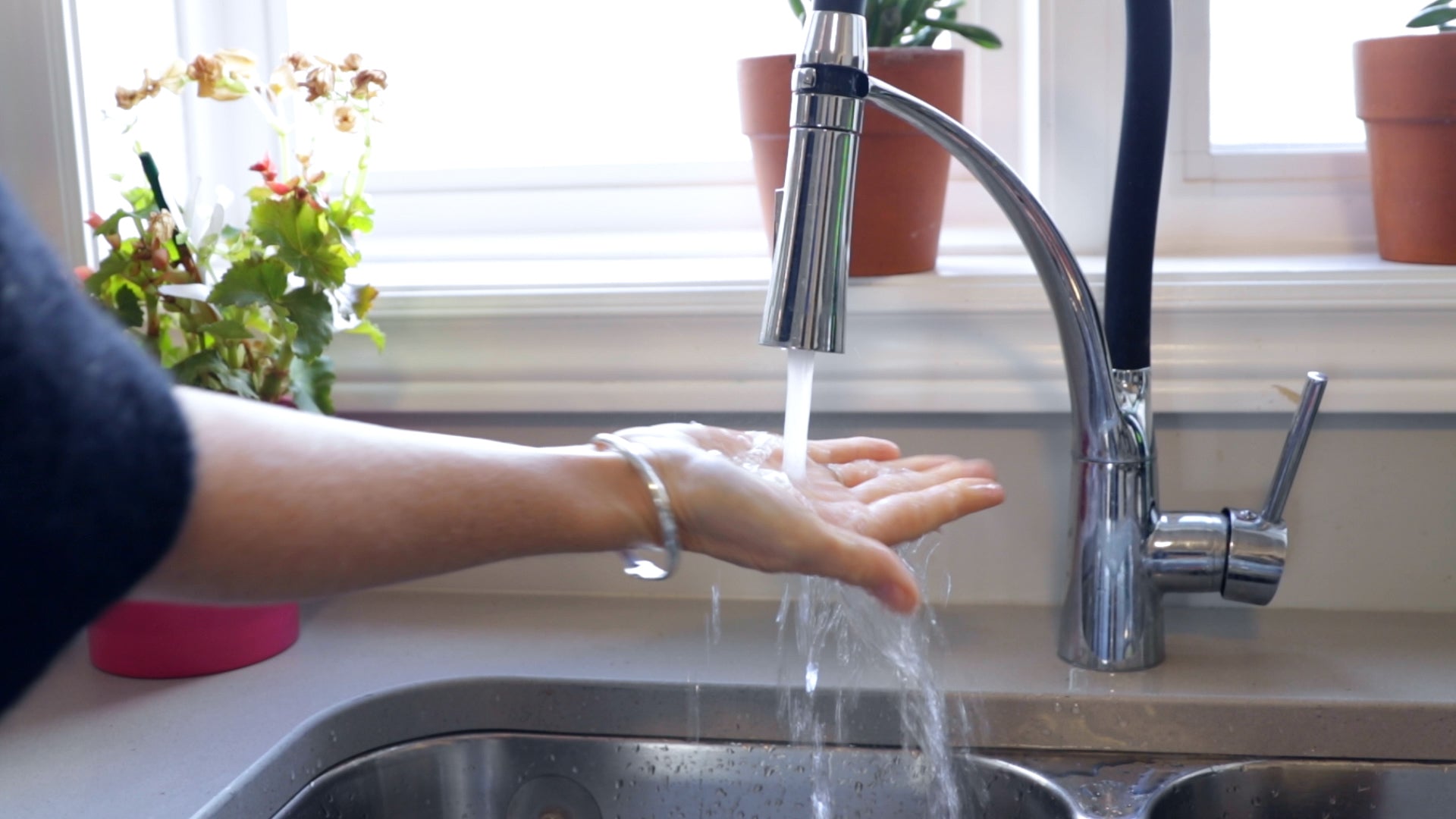
Since heat accelerates curing, always warm the bottles BEFORE you measure and mix to avoid the mixture curing prematurely.
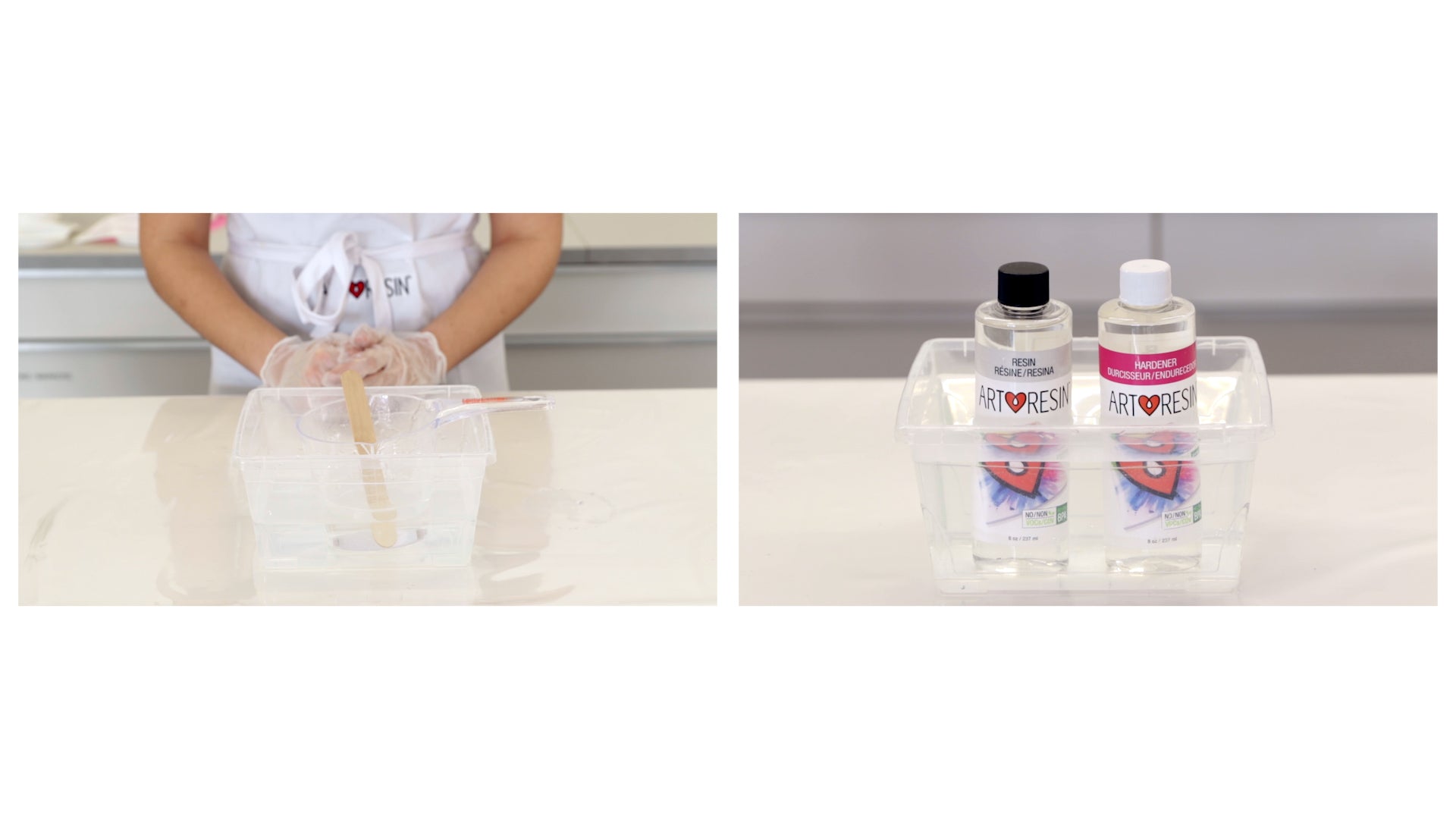
Leave the caps on to prevent any water from getting mixed into your resin or hardener: water that accidentally gets in your resin mixtures will cause a cloudy cure.
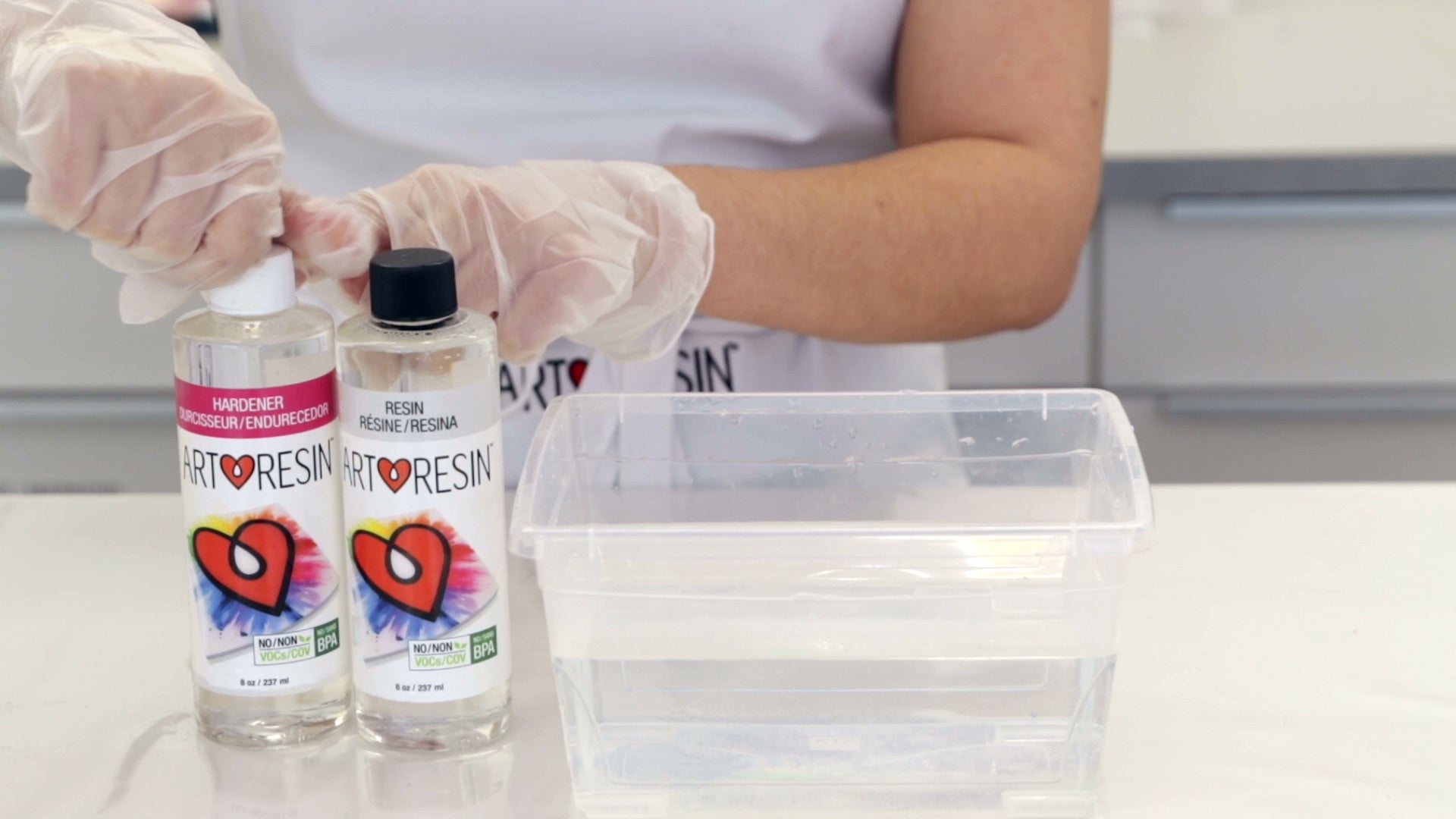
Don't submerge the bottles and dry them off thoroughly before you open them.

Resin that is room temperature or slightly warmer is smooth, clear and easy to pour and spread.
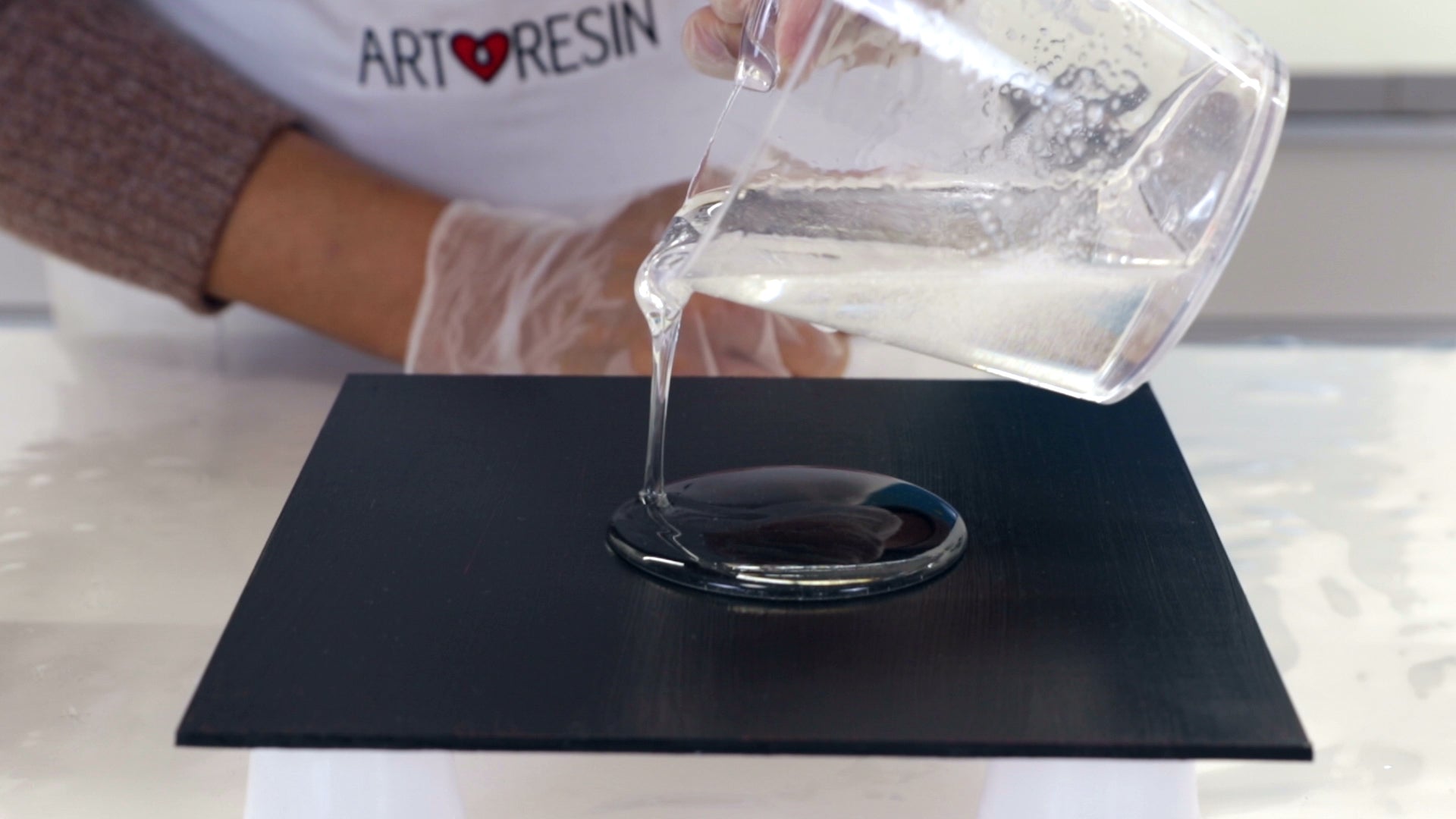
💡 TIP: If you are using a water bath to warm your ArtResin, keep in mind that heat promotes a faster cure: this means that your 45 minute working time will be cut down by about 10 minutes. It also means that the resin may thicken and cure in the cup if you leave it sitting out on the work surface while you get your artwork ready. Get everything ready first, then measure and mix your resin and pour right away. Don't leave your warm resin sitting in the mixing cup!
3) Pouring Too Thick:
ArtResin was designed as a surface coating for artwork and was formulated to be poured in thin applications: this allows bubbles the chance to escape to the surface of the resin in order to be torched out. The maximum thickness we recommend pouring is 1/8" or 3 mm. When ArtResin is poured thicker than 1/8", bubbles can get trapped and you may end up seeing them in your cured resin.

If you want a thicker layer of ArtResin, we recommend pouring in layers, waiting 3-5 hours in between each layer.
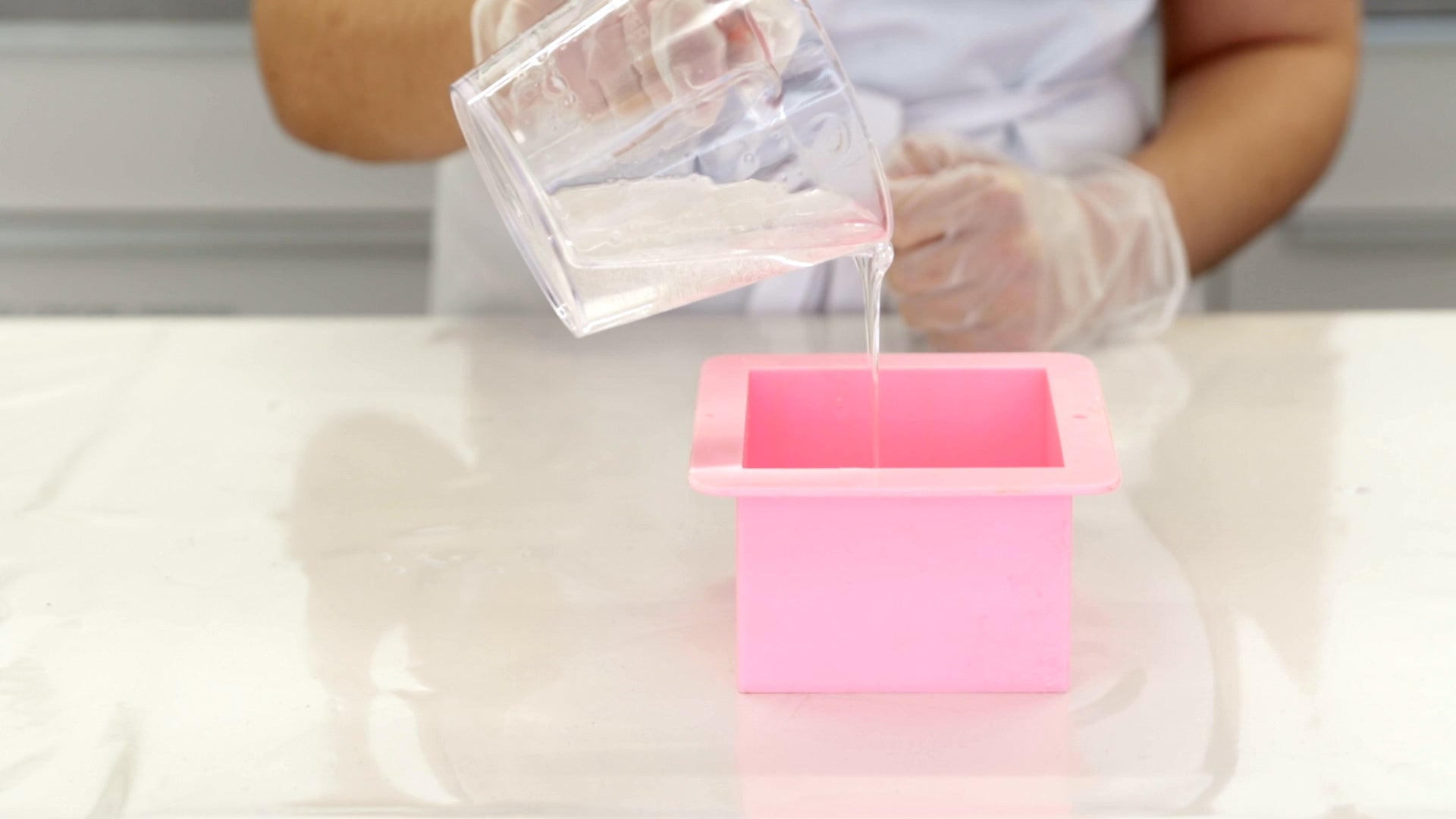
4) Releasing Trapped Air:
Porous, organic materials like wood, leaves, fabric and even paper can "breathe" air. When you cover these materials with resin, the air bubbles release into the resin in the form of bubbles, sometimes hours after you have poured and torched.
To help prevent air bubbles from releasing into your resin, pre-seal natural materials such as wood and paper with a brush on or spray sealant prior to resining.
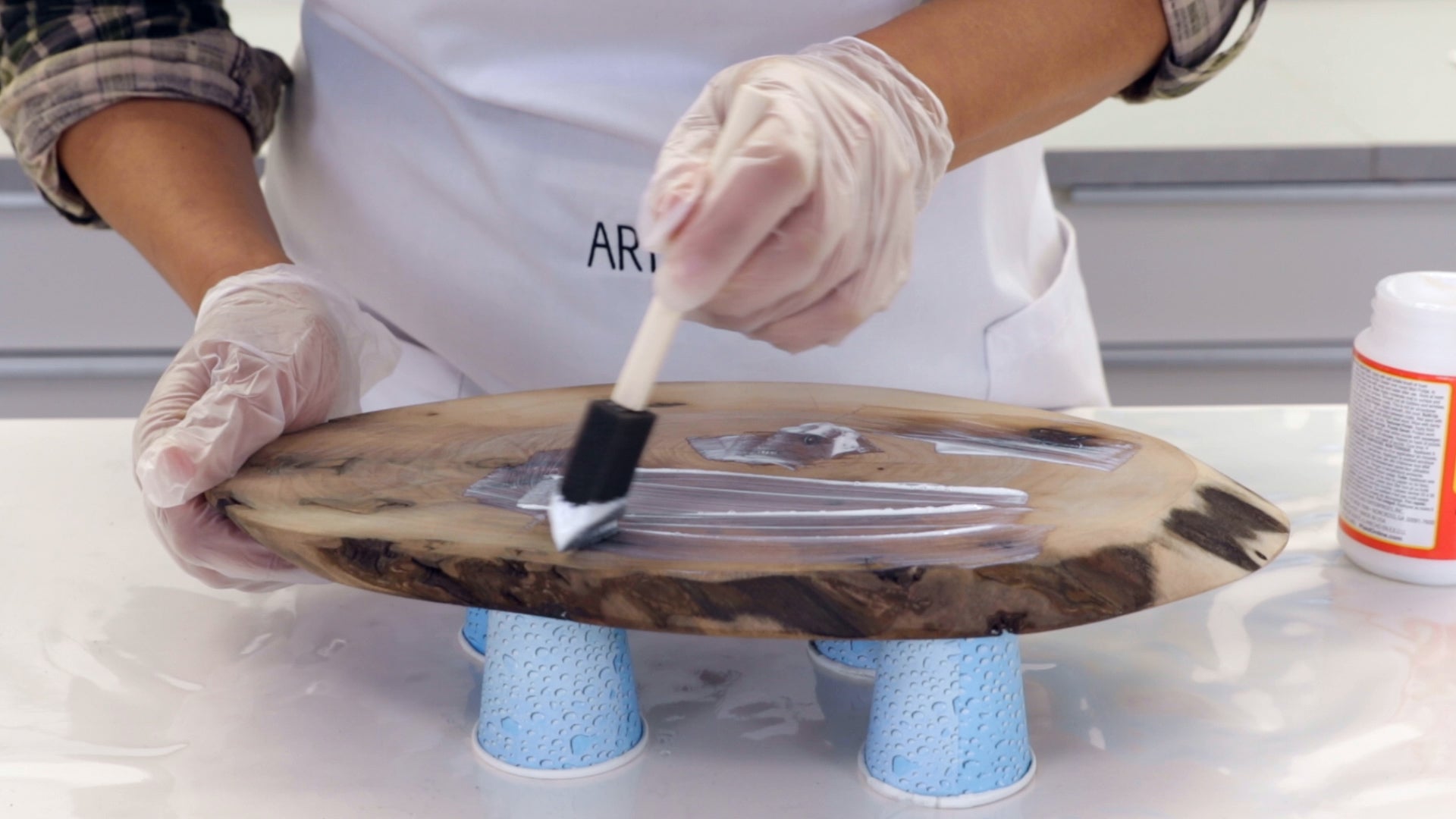
Sealing creates a barrier and prevents trapped air from releasing and creating bubbles in the resin.
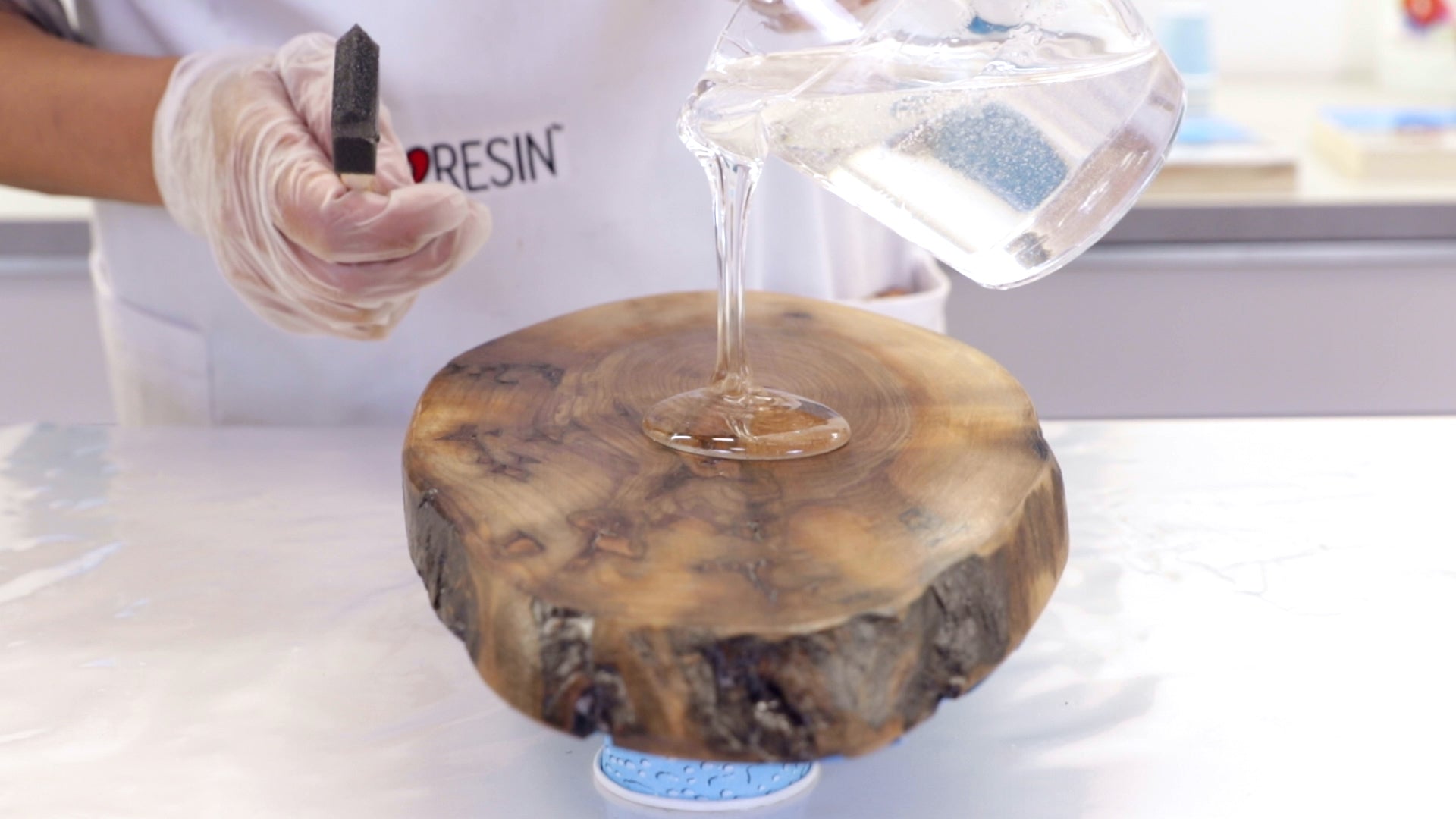
Poorly mounted prints can also be a source of unwanted air bubbles. Always ensure your prints are mounted evenly to the panel. Whether you choose a glue stick or a spray glue, avoid air pockets by applying an even amount of adhesive.

This is how we prefer mounting prints: use a spring clamp to secure the print and panel in place. Don't forget to place a clean piece of paper under the clamp to protect your print!
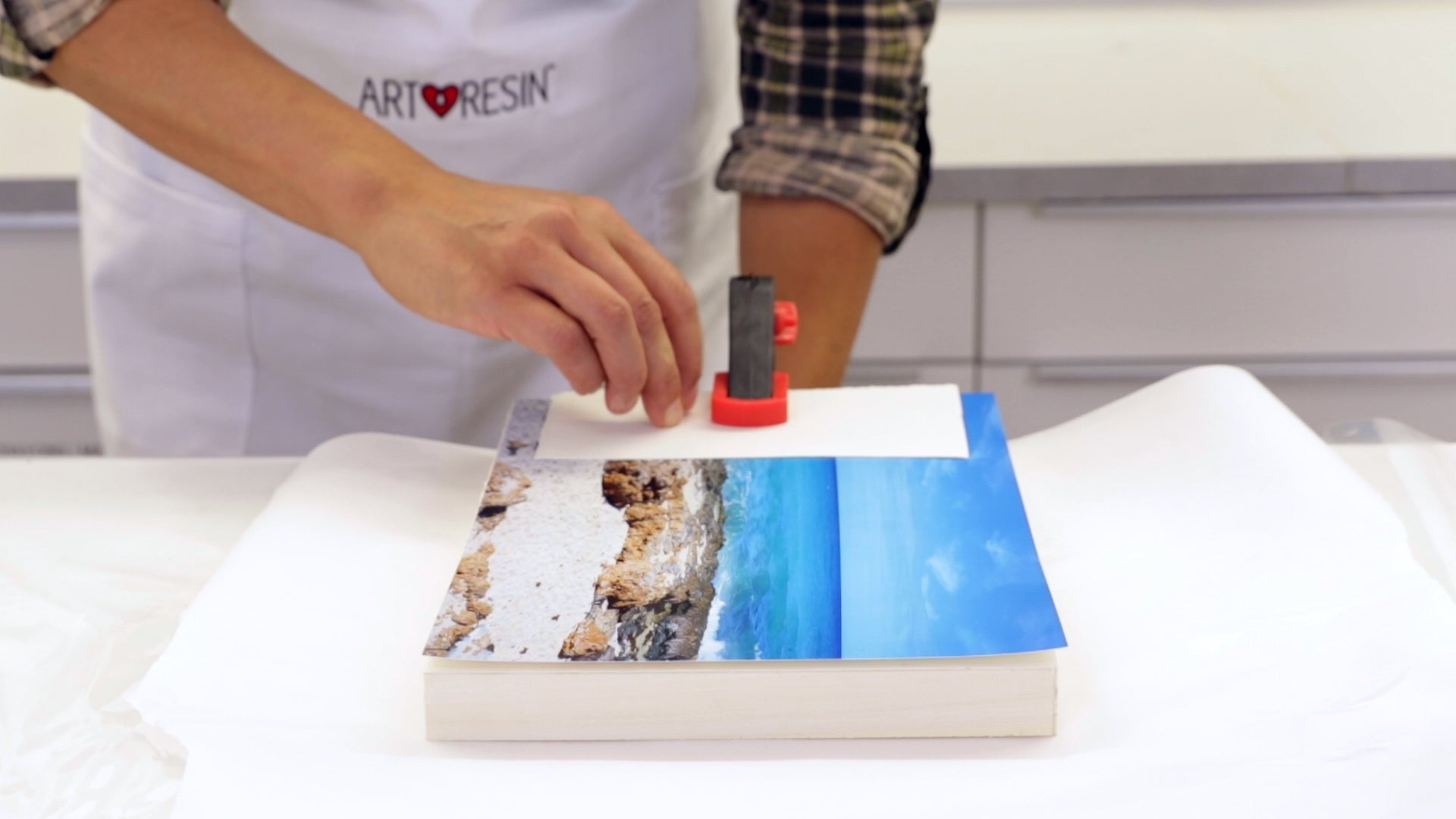
Apply an even amount of adhesive over one half of the panel, paying particular attention to the perimeter. We prefer using spray adhesive.
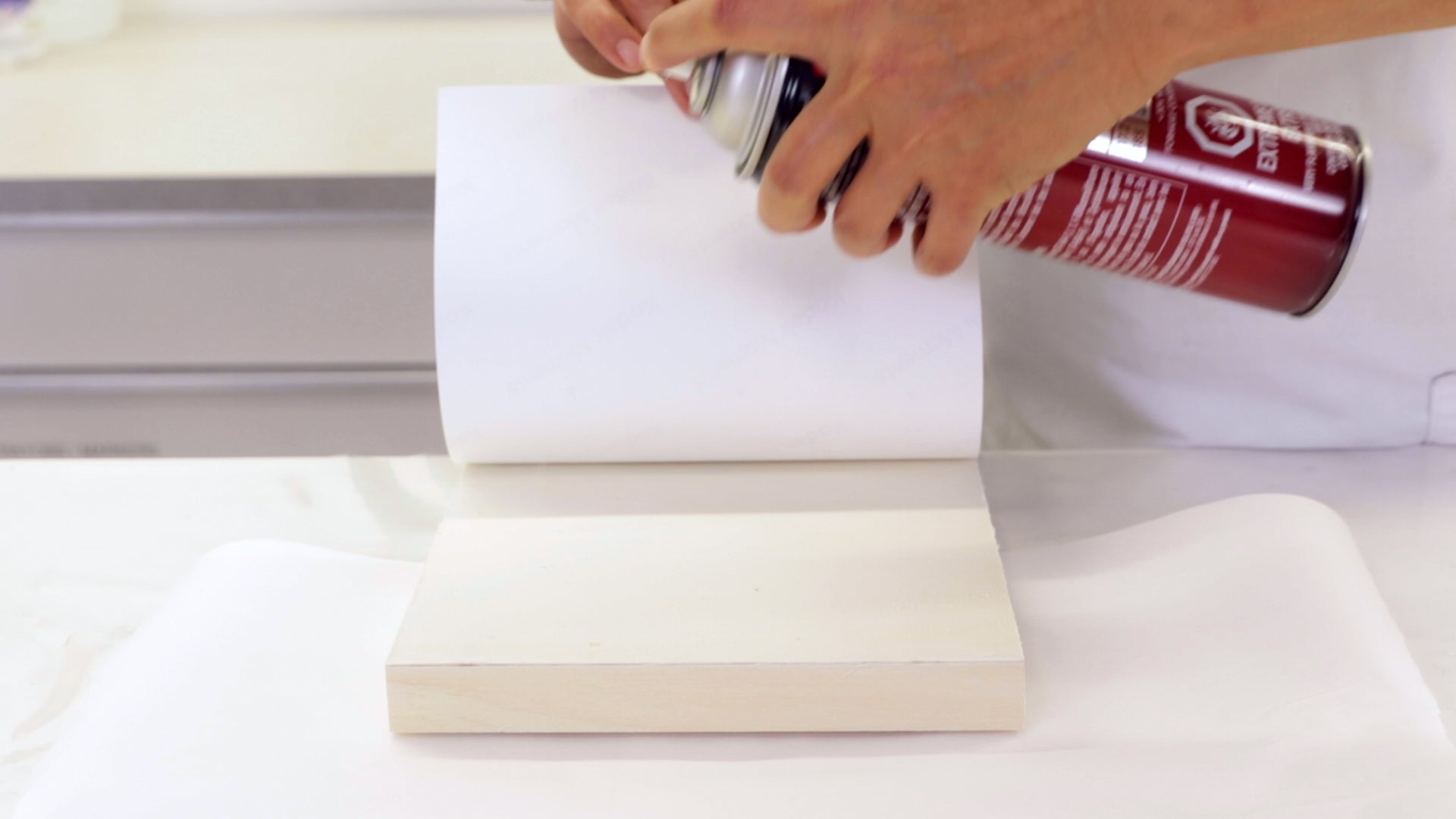
With a clean piece of paper in place to protect your print, gently roll a brayer over the surface to eliminate any air pockets and to ensure a tight bond between the print and the panel. Pay particular attention that the edges of your print are well adhered to the panel to prevent air from escaping and to stop resin from seeping in.
Turn the print around and repeat the process on the other half. Once the print is securely mounted, you're ready to resin!

💡 TIP: Some paper is more porous than others and can allow the resin the soak in. We always advise testing on a scrap piece first so you know whether or not you need to seal your paper prior to resining: sealing creates a barrier, preventing the resin from absorbing into the paper.
How To Fix A Bubble In Cured Resin?
If you come back the next day to check on your piece and find a bubble in your resin, don't worry! Thankfully, epoxy resin is very forgiving, meaning that many problems (including bubbles) can be fixed with a simple sanding and re-pour.
Here's what you need to do:
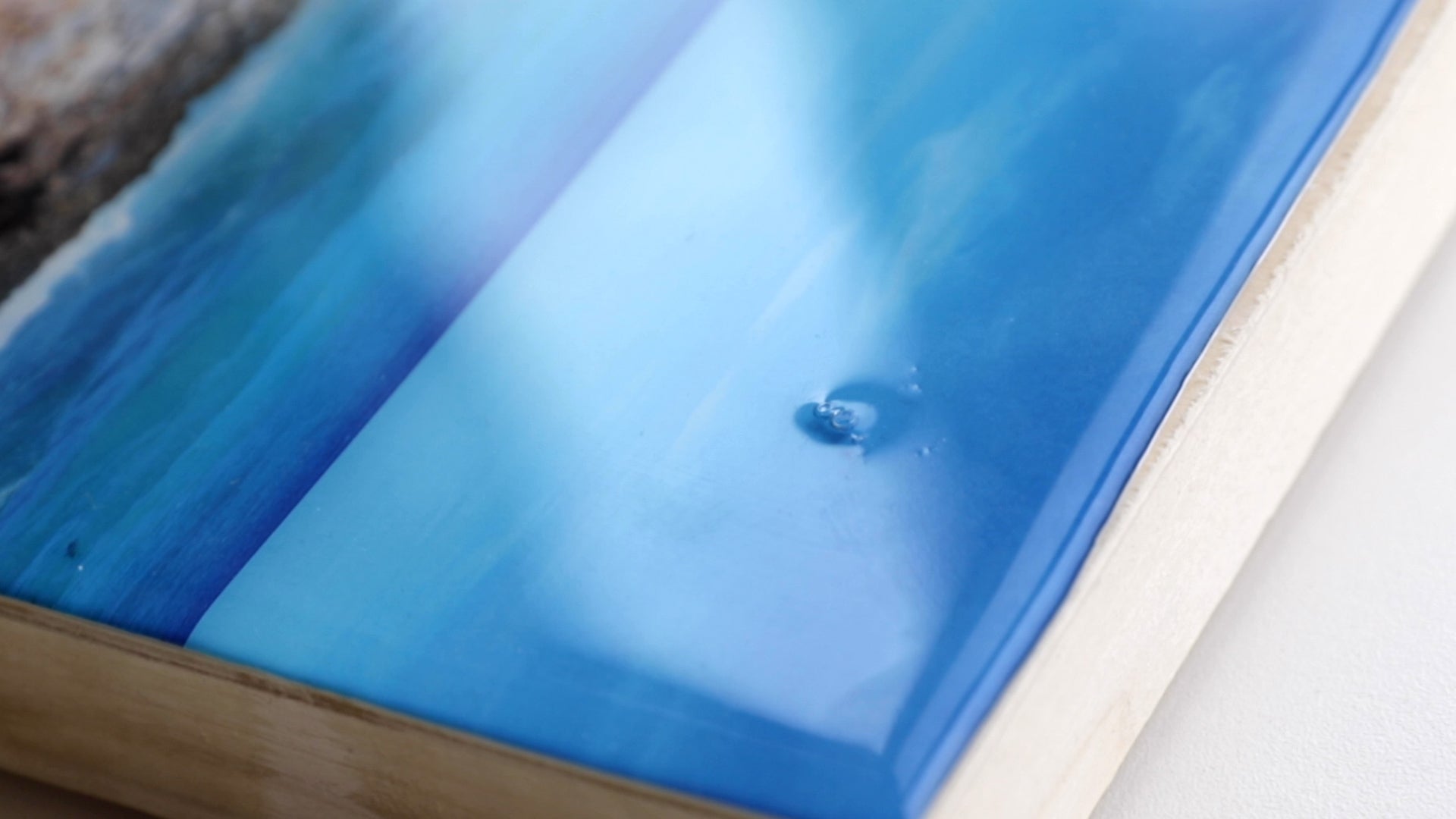
1) Sand
Sand down the entire surface of your piece, paying particular attention to sanding out the bubbles. The purpose of sanding is to create some tooth for the fresh resin layer to adhere to, so it's very important that you sand the entire piece and use a coarse sandpaper, like 80 grit. After you've sanded, your piece will look scratched, but don't worry! The ArtResin will fill in all of those scratch marks and your piece will look crystal clear again.

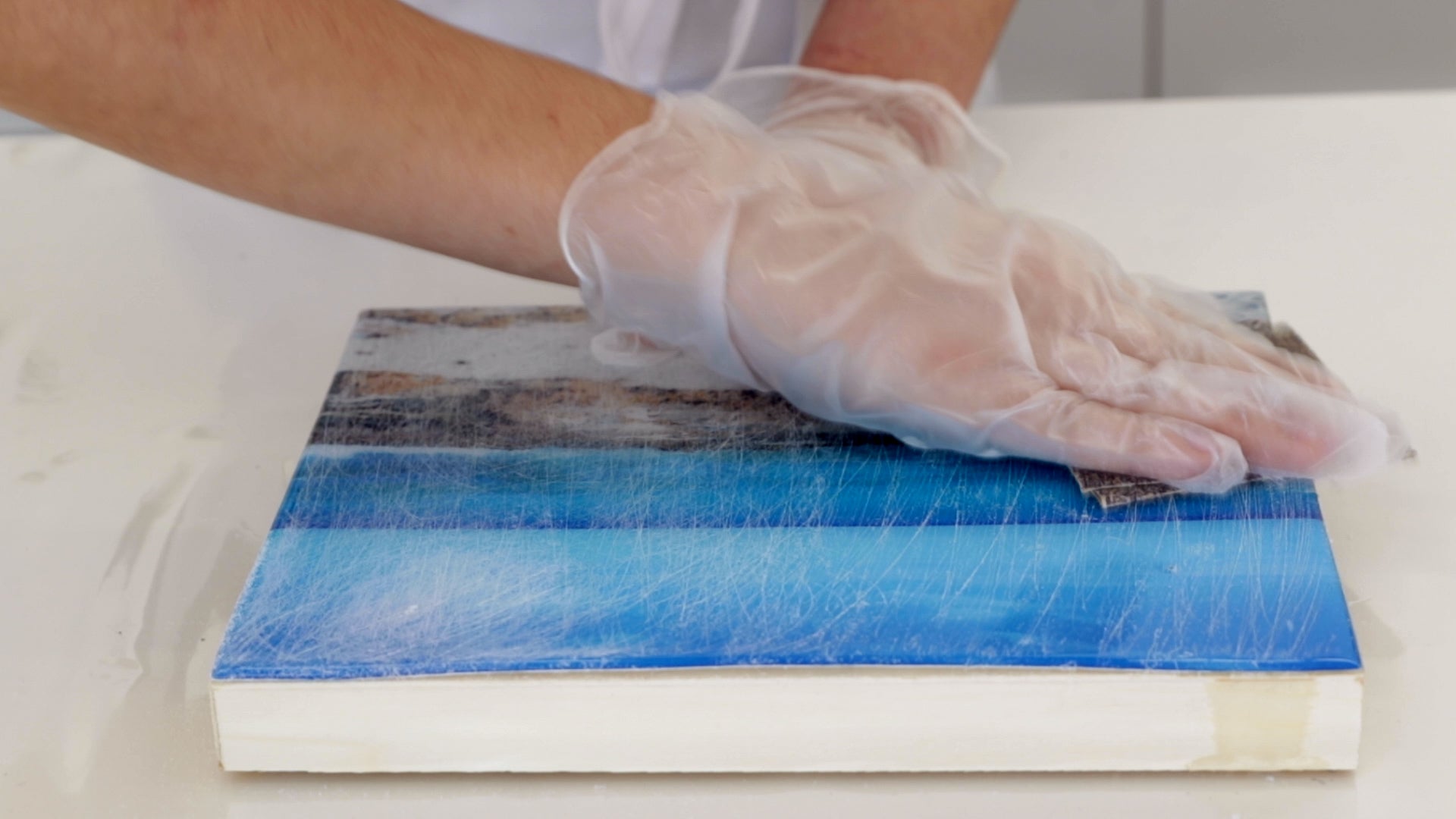
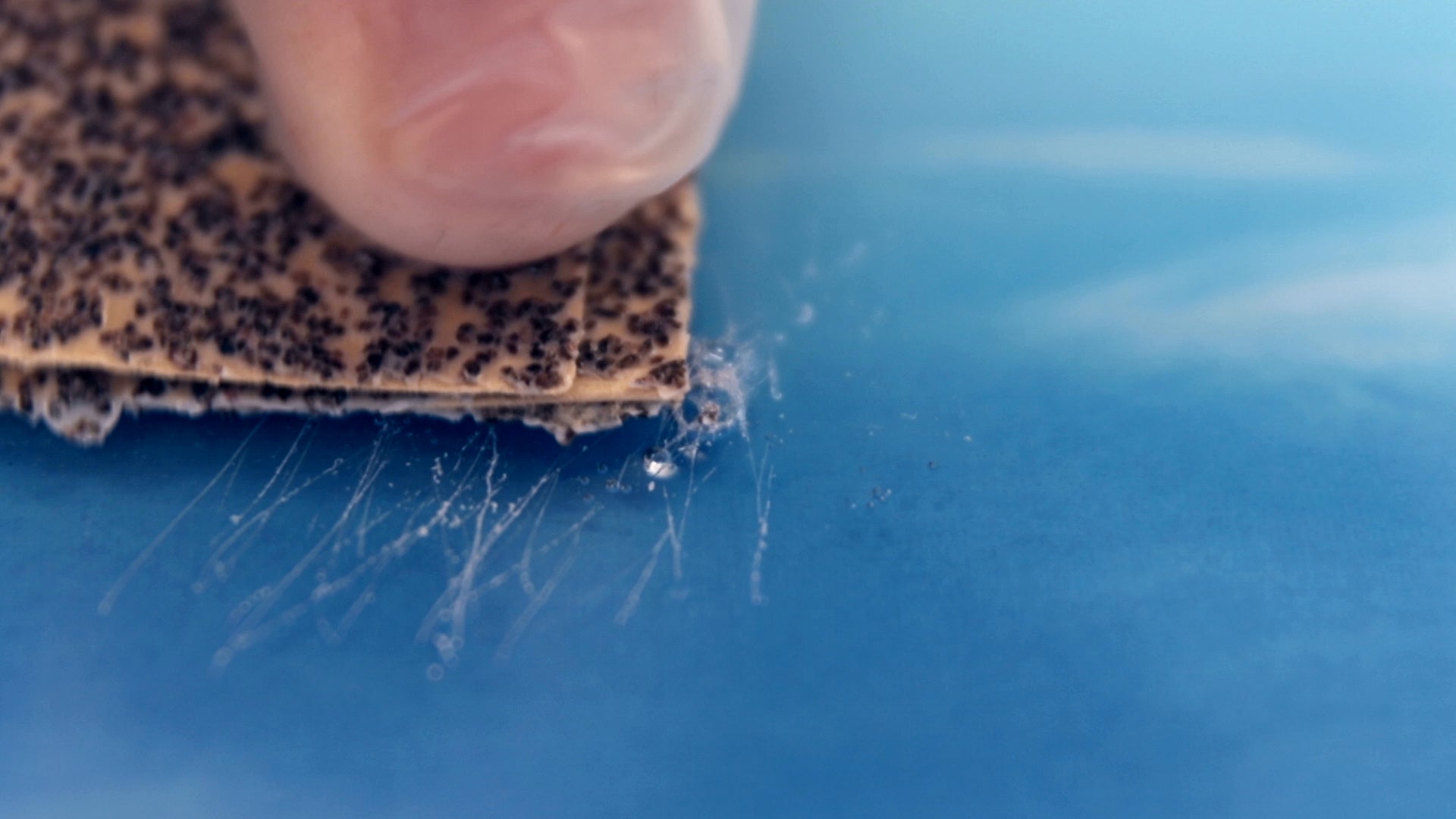
2) Wipe
Use a damp paper towel to wipe off all the dust. Wipe as many times as necessary - your surface needs to be absolutely clear of any sanding residue before you pour your fresh layer of resin. Feel free to use a can of compressed air or brush your surface with a soft paintbrush to ensure there is no sanding residue left on your piece.
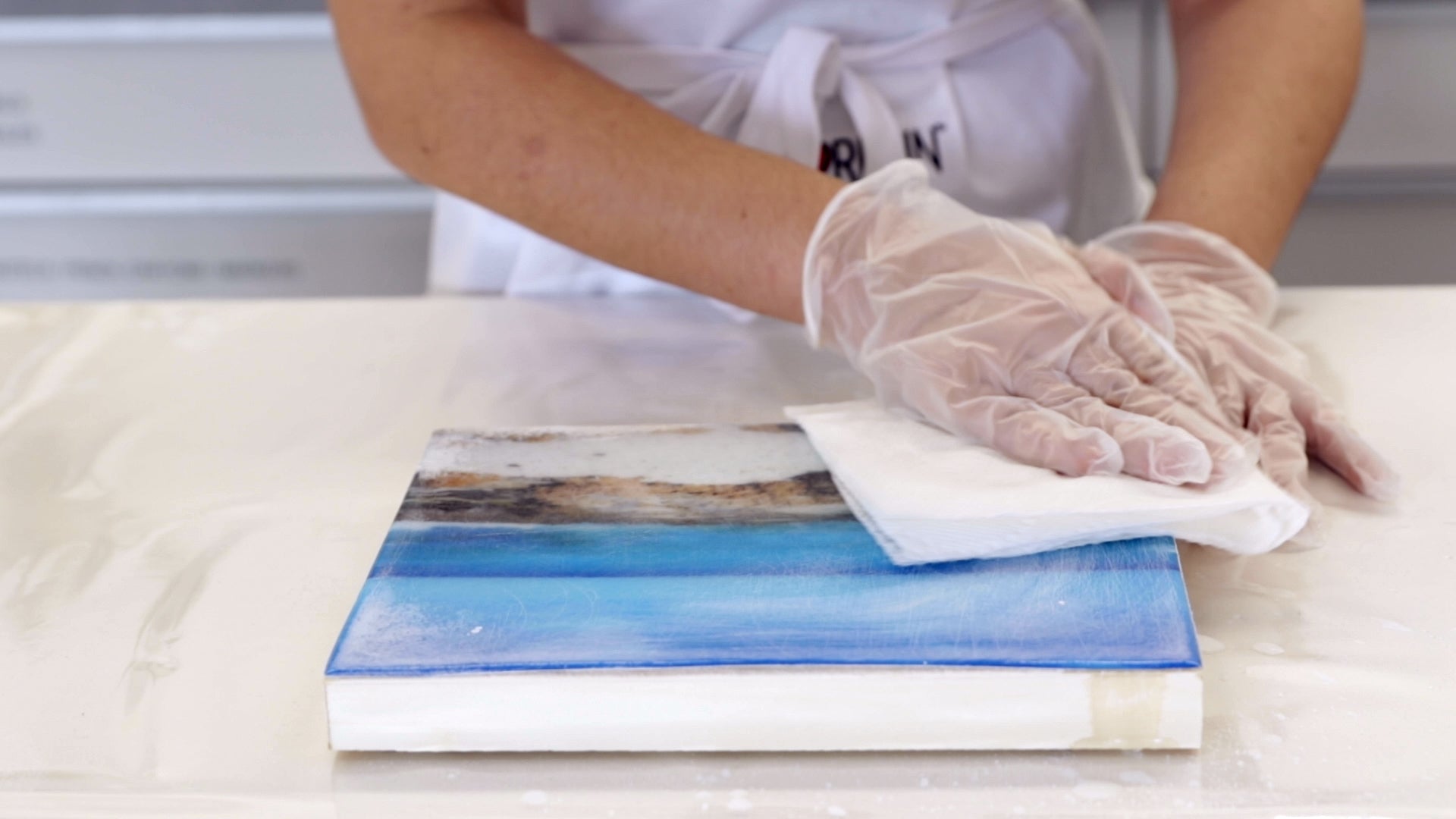
3) Pour
Mix a fresh batch of carefully measured and thoroughly mixed ArtResin as directed, and re-apply a fresh coat of resin over your sanded and wiped piece. Spread as desired, torch out any bubbles, cover and wait 24 hrs for a touch-dry cure, and 72 hrs for a full cure.
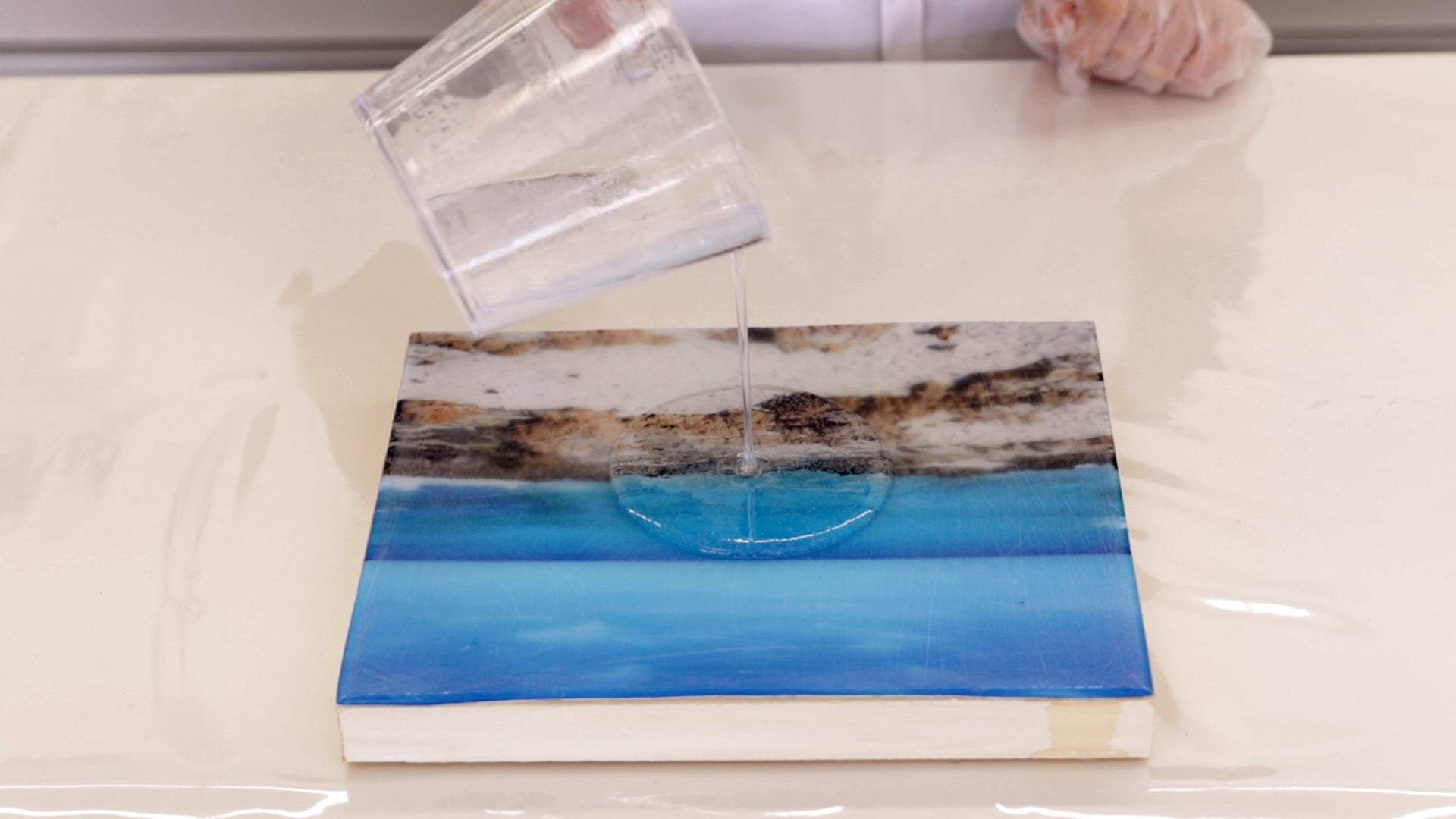
See?
Once your fresh resin layer cures, you won't see any sanding marks - just a gorgeously glossy, crystal clear ArtResin finish. You'd never know you ever had any bubbles in your piece!
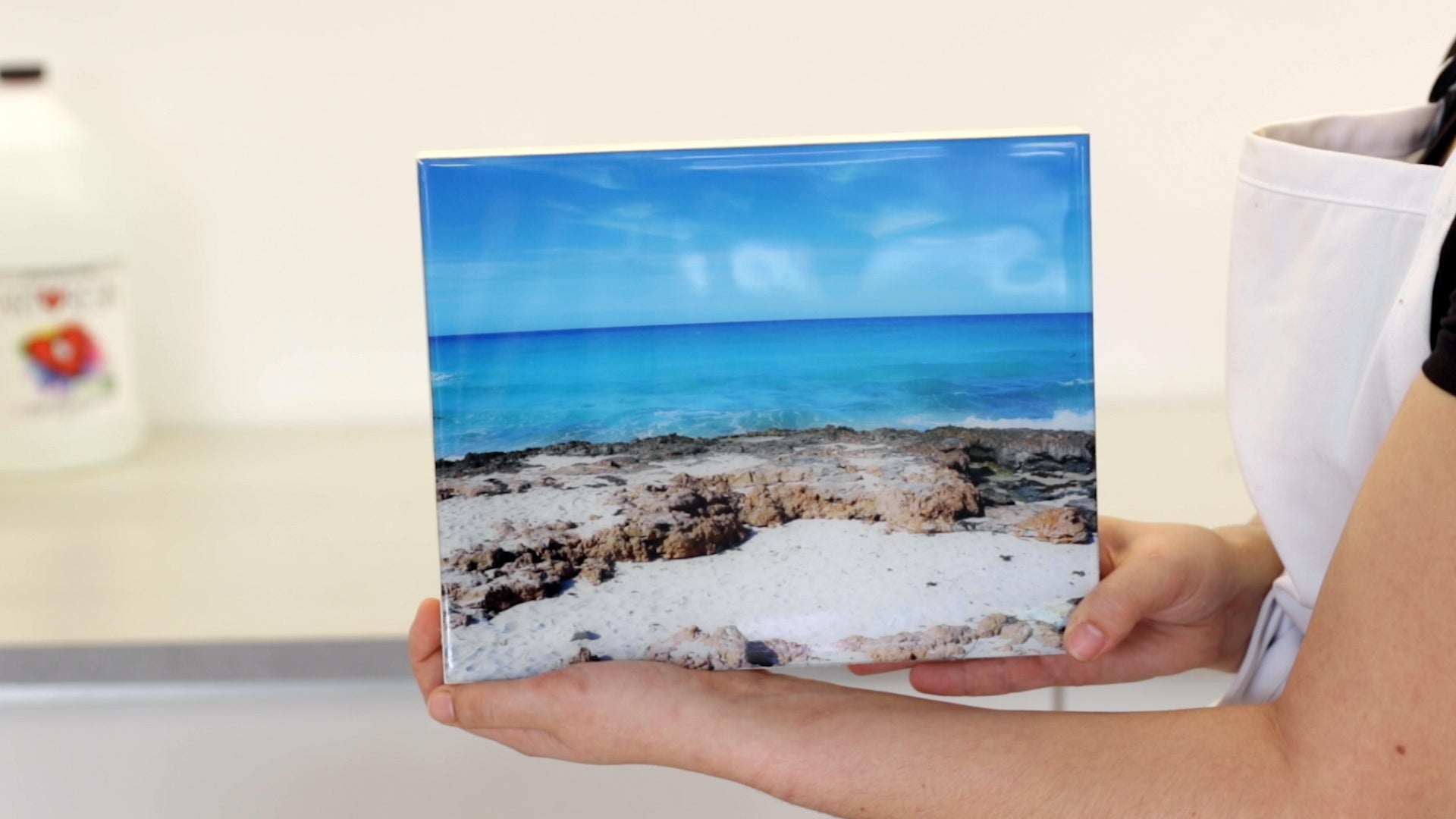
So remember ....
- Use a torch
- Stir and pour gently
- Use room temperature ArtResin
- Mount carefully
- Pre-seal if necessary
... and if you already have pesky bubbles in your cured resin, follow our simple steps to get rid of them.
We hope this was helpful - please leave any questions or comments below!
Do you want to learn more about troubleshooting epoxy resin? Read our guides below:
- ArtResin’s Troubleshooting Guide
- Can I Fix Small Imperfections In My Resin?
- Is It Possible To Overstir My ArtResin?
- How Do I Remove Epoxy Resin Drips?
- Is It Possible To Over Torch My ArtResin?
- My Epoxy Resin Is Not Hardening
- How To Fix Soft, Sticky Spots In My Resin
- How Can I Avoid Getting Dimples In My Epoxy Resin?
- How To Reduce Dust Before You Resin
- How Can I Get Rid Of Bubbles In My Cured Resin?
- How Can I Fix Dust In My Epoxy Resin?
- How Can I Deal With Epoxy Resin Drips After They've Dried?
- What Happens If I Overtorch Resin?
- Why Does My Resin Look Milky?
- Why Is My Epoxy Resin Still Sticky?
- Why Is My Resin Bendy?
- Why Are There Bare Spots In My Cured Resin?
- What Does Silicone Do To Resin?
ArtResin: The Original Epoxy For Resin Art.
